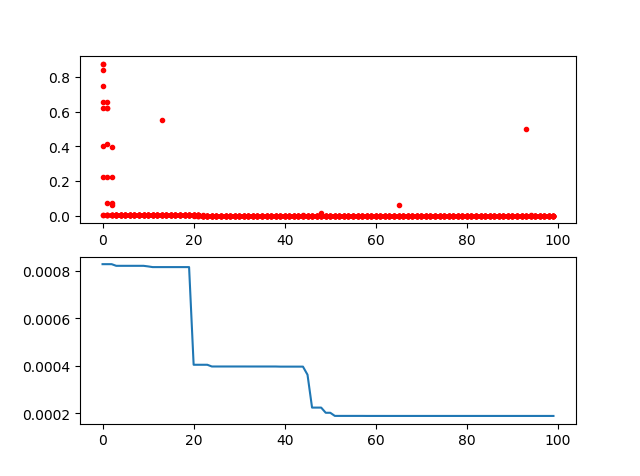Optimal Variable Speed Limit Control Strategy on Freeway Segments under Fog Conditions
Fog is a critical external factor that threatens traffic safety on freeways. Variable speed limit (VSL) control can effectively harmonize vehicle speed and improve safety. However, most existing weather-related VSL controllers are limited to adapt to the dynamic traffic environment. This study developed optimal VSL control strategy under fog conditions with fully consideration of factors that affect traffic safety risks. The crash risk under fog conditions was estimated using a crash risk prediction model based on Bayesian logistic regression. The traffic flow with VSL control was simulated by a modified cell transmission model (MCTM). The optimal factors of VSL control were obtained by solving an optimization problem that coordinated safety and mobility with the help of the genetic algorithm. An example of I-405 in California, USA was designed to simulate and evaluate the effects of the proposed VSL control strategy. The optimal VSL control factors under fog conditions were compared with sunny conditions, and different placements of VSL signs were evaluated. Results showed that the optimal VSL control strategy under fog conditions changed the speed limit more cautiously. The VSL control under fog conditions in this study effectively reduced crash risks without significantly increasing travel time, which is up to 37.15% reduction of risks and only 0.48% increase of total travel time. The proposed VSL control strategy is expected to be of great use in the development of VSL systems to enhance freeway safety under fog conditions.
PDF Abstract